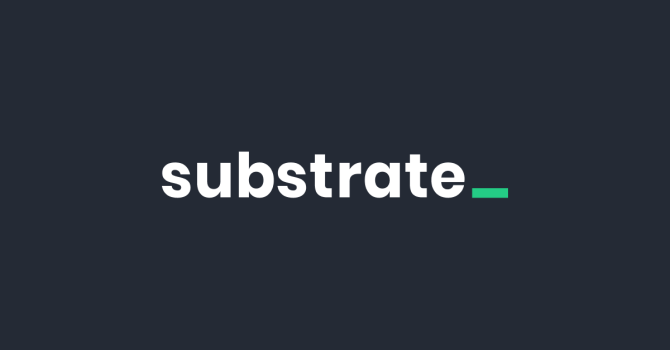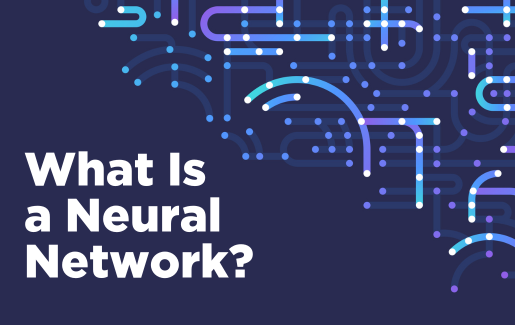Firms will soon be able to decode the unsaid when interacting with consumers – in fact, some already do.
Firms have so far used a mix of human intuition and traditional analytics to engage with their customers. But the advent of artificial intelligence (AI) and more sophisticated data interpretation is heralding a new era of business-customer interaction.
Instead of merely responding to expressed needs and wants, firms will proactively anticipate them, reaching a level of foresight never experienced before. This will revolutionize the nature of customer interactions and reshape industries.
Here are ten predictions as to how the multifaceted applications of AI – including generative AI – will transform marketing, and examples of how such changes are already underway.
1. Predictive analytics will anticipate clients’ desires
Forget mere lead scoring. AI-powered predictive analytics will anticipate desires before they are articulated. AI might craft multifaceted client profiles, predicting not just purchasing behavior's but also emergent needs. It will capture biometric signals, such as eye movement on a webpage or scroll speed, to decode a user's unsaid preferences and emotional reactions.
Consider the titan of streaming, Netflix. It already employs sophisticated machine-learning algorithms to anticipate viewers’ preferences. Beyond the shows a user has watched, it looks at subtler cues like when they paused a show, which episodes they skipped and how long they pondered over a particular title.
Such intricate data points allow Netflix to predict not just what a viewer might watch next, but also emerging content preferences. It can then tailor its original programming accordingly.
2. AI-driven content will birth next-generation storytelling
AI’s growing role in content generation will focus on resonance. AI might tailor content narratives in real-time, adapting to live user interactions. Such content will be based not just on overt actions but also on underlying subconscious preferences and unspoken sentiments of users.
In this regard, OpenAI stands out as a trailblazer. Its advanced language models have begun to lay the groundwork for content that dynamically adapts to user input by detecting underlying user sentiments and responding accordingly.
For example, these models can dynamically create short stories, adapt characters or even propose plot twists, while ensuring the narrative resonates with the user's unspoken preferences. Such innovations promise a future in which content, be it in literature, gaming or virtual experiences, can foster a high level of emotional connection between producers and end consumers.
Continue reading:
https://knowledge.insead.edu/marketing/ten-ways-ai-transforming-marketing


.png?sfvrsn=f1d58cdf_2)
.png?sfvrsn=40b6029_2)




